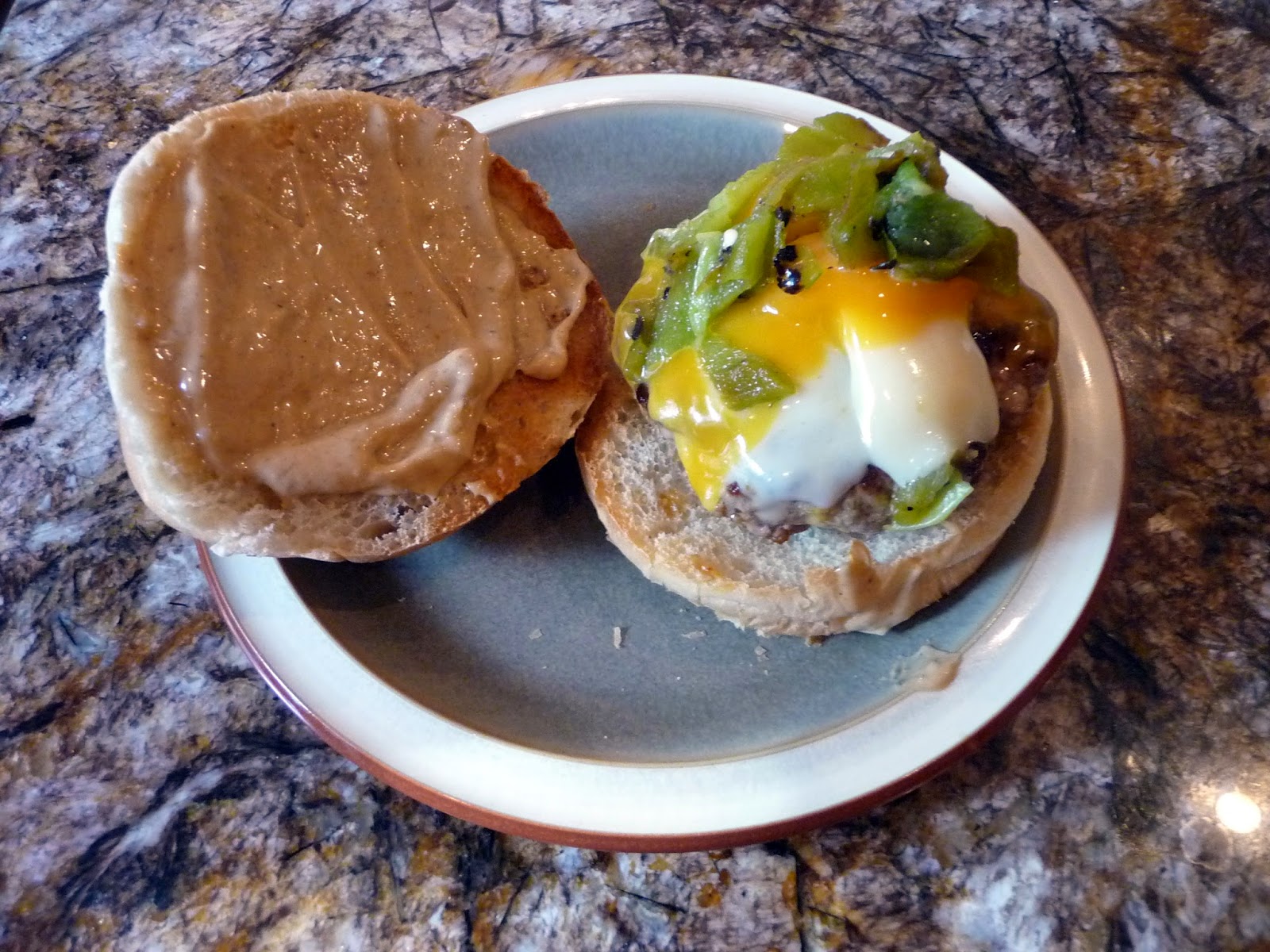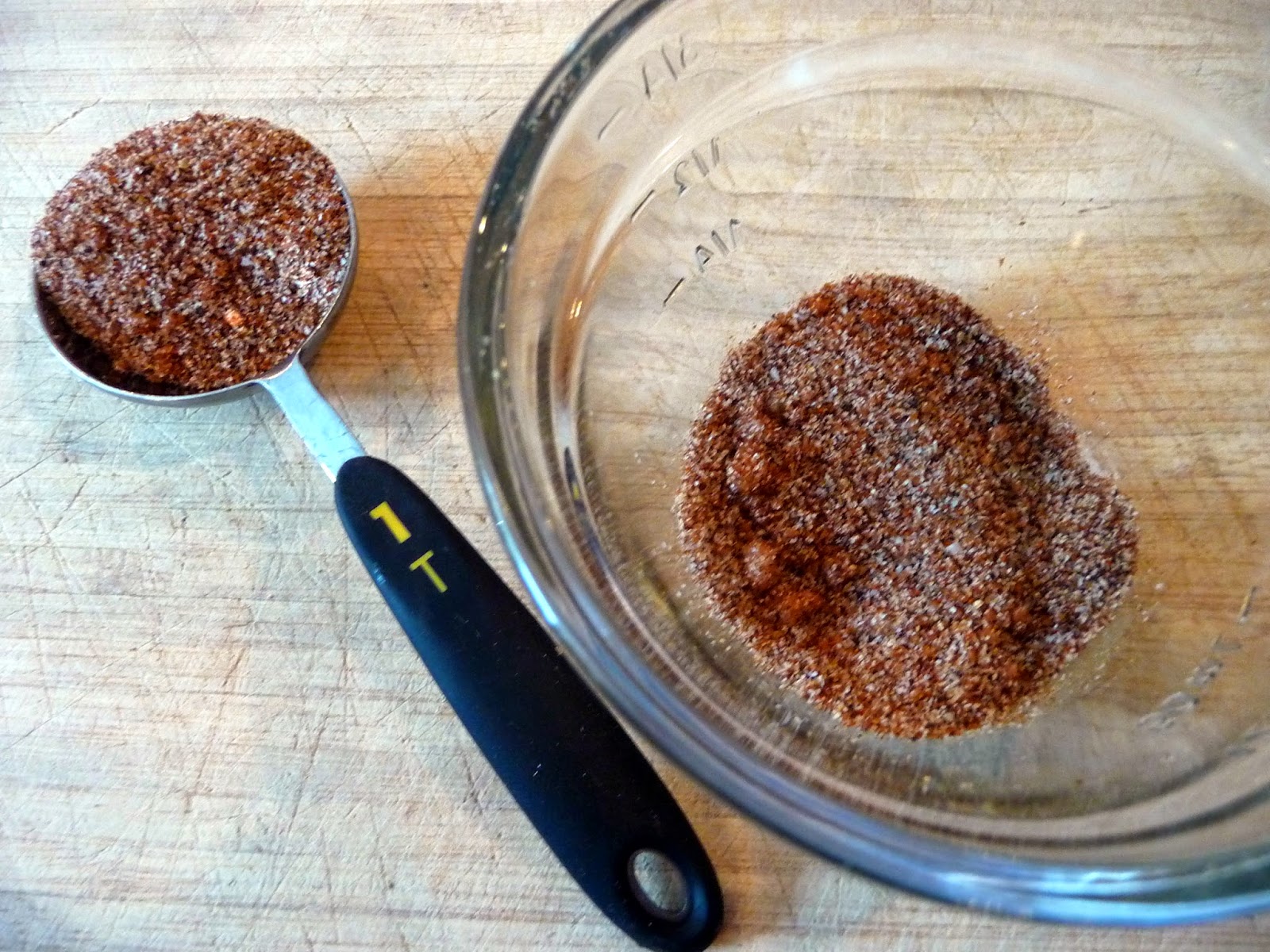"We're a couple of hop stalkers here." So said Fat Head's brewer, Matt Cole, to Rick Armon of Ohio's Breweries. Cole described his trips out west, at least twice a year to the State of Washington. The principal purpose of these trips is to scout hops. Cole reminisced about one trip, "We were out in a really late harvest in Yakima one year and we were driving around and chasing around some of the hop trucks to follow them back to the harms." Stalking hops that would ultimately be used in beers such as the Hop Stalker, a Fresh Hop IPA.
According to Armon, the Fresh Hop IPA comes from the fact that the hops are in a kettle approximately 48 hours after they have been picked. "Fresh hop" beers are apparently in vogue, with a lot of brewers snatching hops practically straight off the farm in order to brew various types of IPA beers. However, it takes a true hop stalker, like Matt Cole, to produce one of the best beers that, in a style that he truly owns, packs one of the higher IBUs of any "fresh hop" beers. (At this point, I should disclose that Fat Head's is one of my favorite brewers, if that wasn't obvious by now.)
The Hop Stalker pours a copper color, with a thin foam across the surface of the beer. The aroma of this beer is straightforward ... pine and more pine. Those are the notes that one would expect from a beer that has 80 IBUs. It is also what hopheads and fans of Matt Cole's beers come to expect when he brews any kind of pale ale.
The taste of this beer provides an excellent example of how the hop stalker can get the best out of those little cones. The Hop Stalker Fresh Hop IPA is very bitter, with strong pine and resin notes. Those elements wrap themselves around your tongue stretching the hop experience to its natural limits, which should please anyone who is a hop head like myself. The alcohol of this 7% ABV beer becomes a little more present as you drink it, but it can never overtake the central focus of this beer -- the hops.
Although this beer is available in cans, it is most likely sold out by the time this post goes to air. If it becomes available again, it can be bought at the Fat Head's restaurants or tap room, which is where my Dad found this beer.
According to the Craft Beer Restaurant, a fresh hop beer pairs well with pork belly or leg of lamb, because the fresh nature of the beer contrasts well with these rich pieces of meat. The beer can complement an endive and arugula salad or a casserole of brussel sprouts, mushroom and "floral cheese." I'll never be able to verify that last one, because a casserole with brussel sprouts just seems too unappetizing. I'll just have the beer.
ENJOY!
Although this beer is available in cans, it is most likely sold out by the time this post goes to air. If it becomes available again, it can be bought at the Fat Head's restaurants or tap room, which is where my Dad found this beer.
According to the Craft Beer Restaurant, a fresh hop beer pairs well with pork belly or leg of lamb, because the fresh nature of the beer contrasts well with these rich pieces of meat. The beer can complement an endive and arugula salad or a casserole of brussel sprouts, mushroom and "floral cheese." I'll never be able to verify that last one, because a casserole with brussel sprouts just seems too unappetizing. I'll just have the beer.
ENJOY!

































